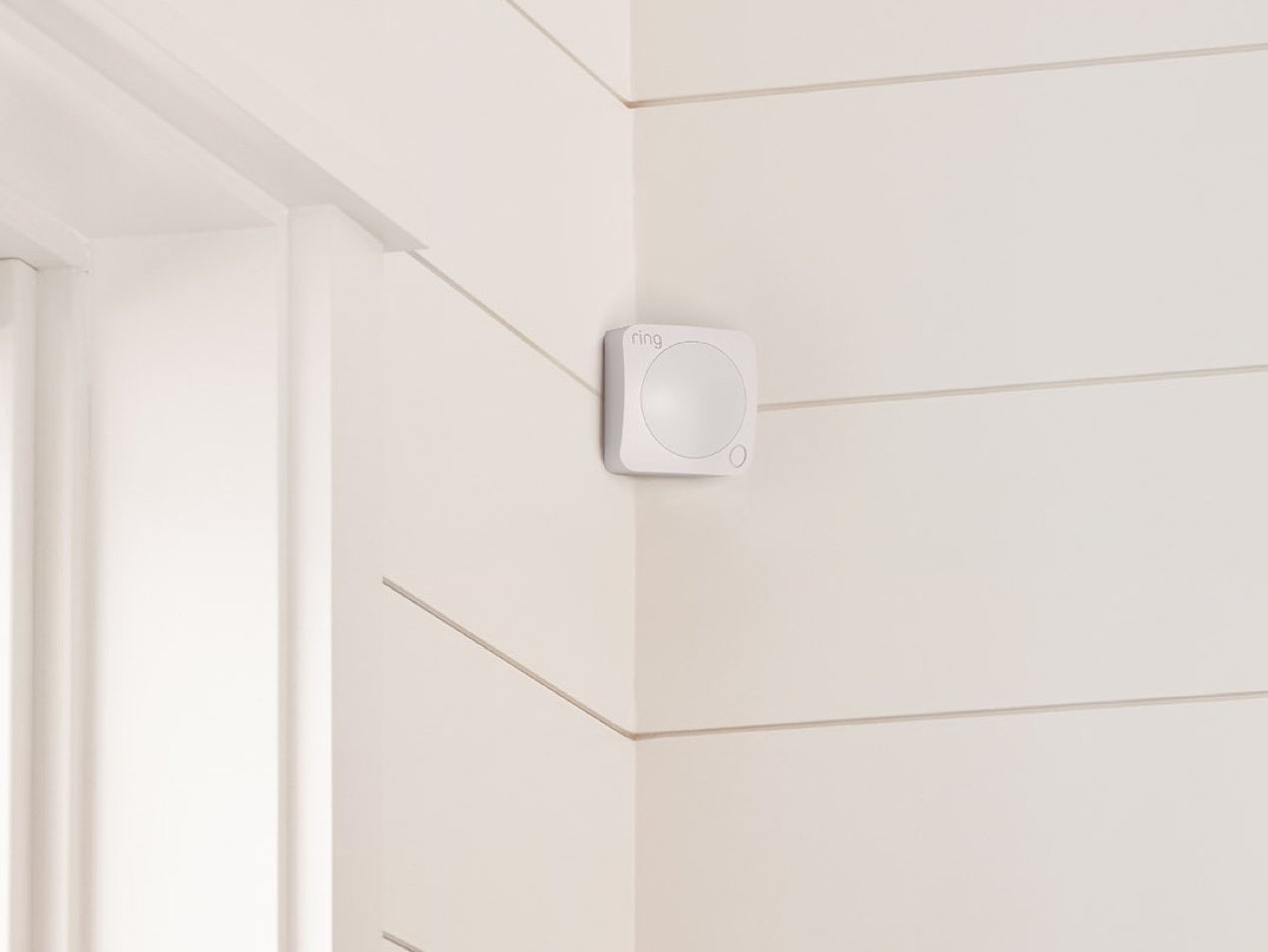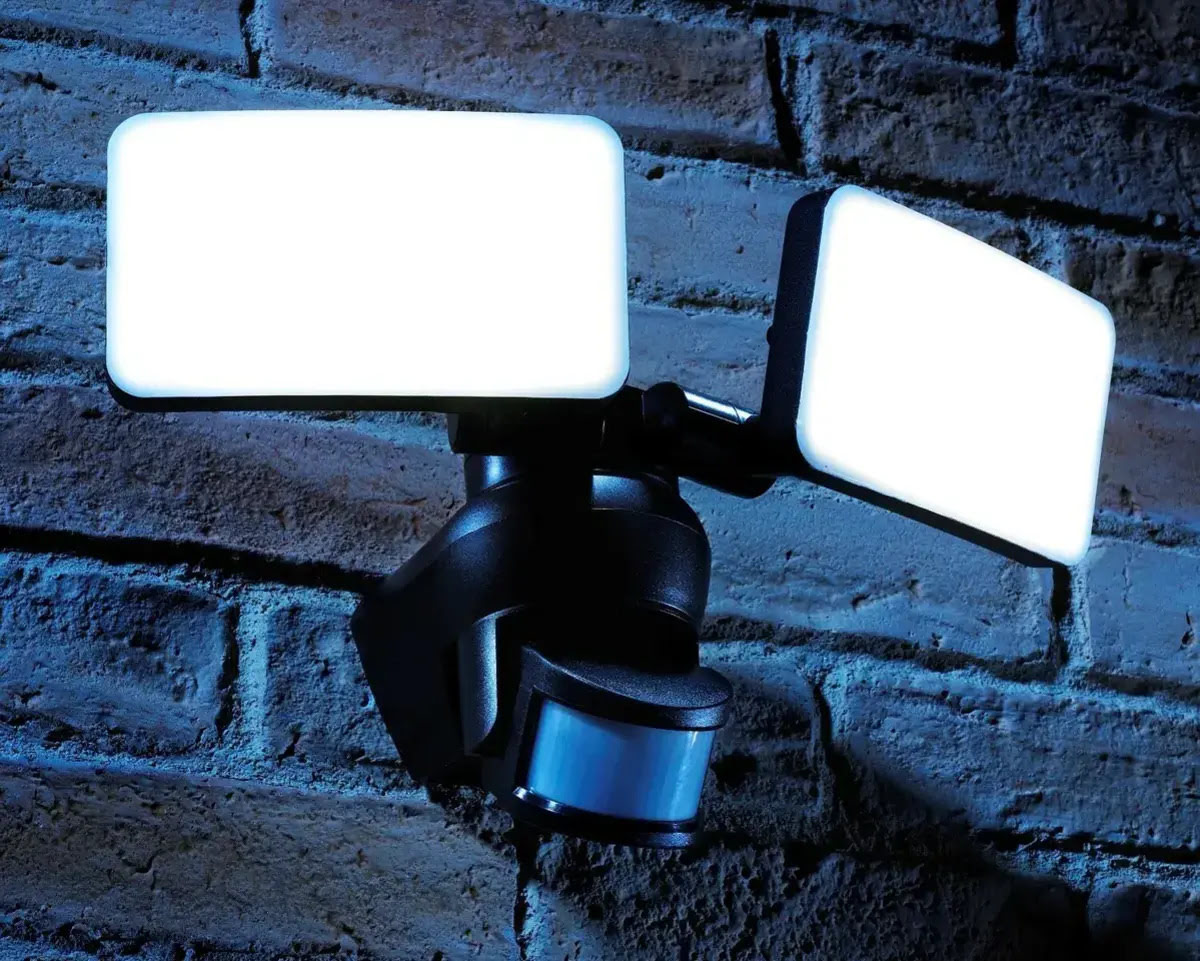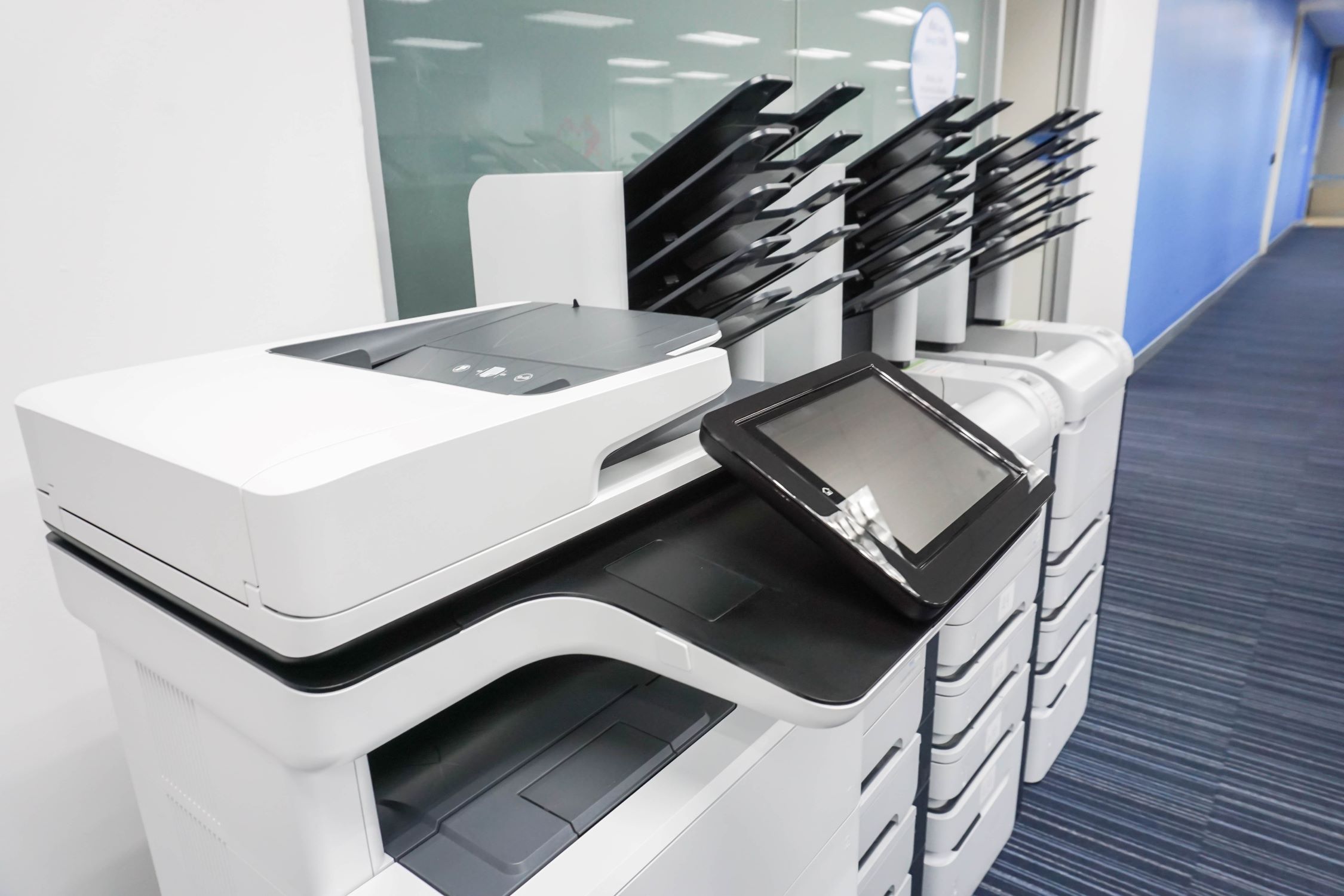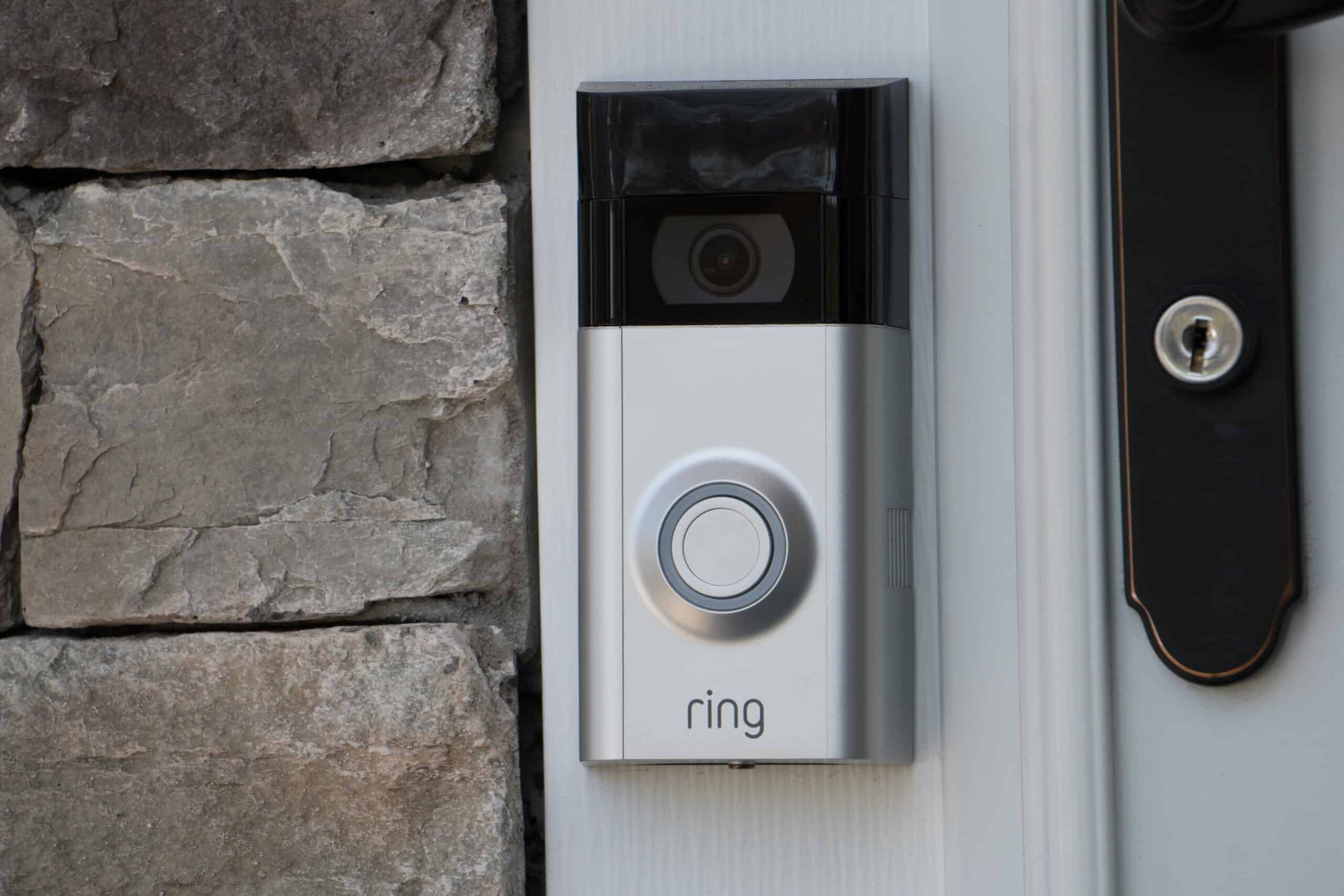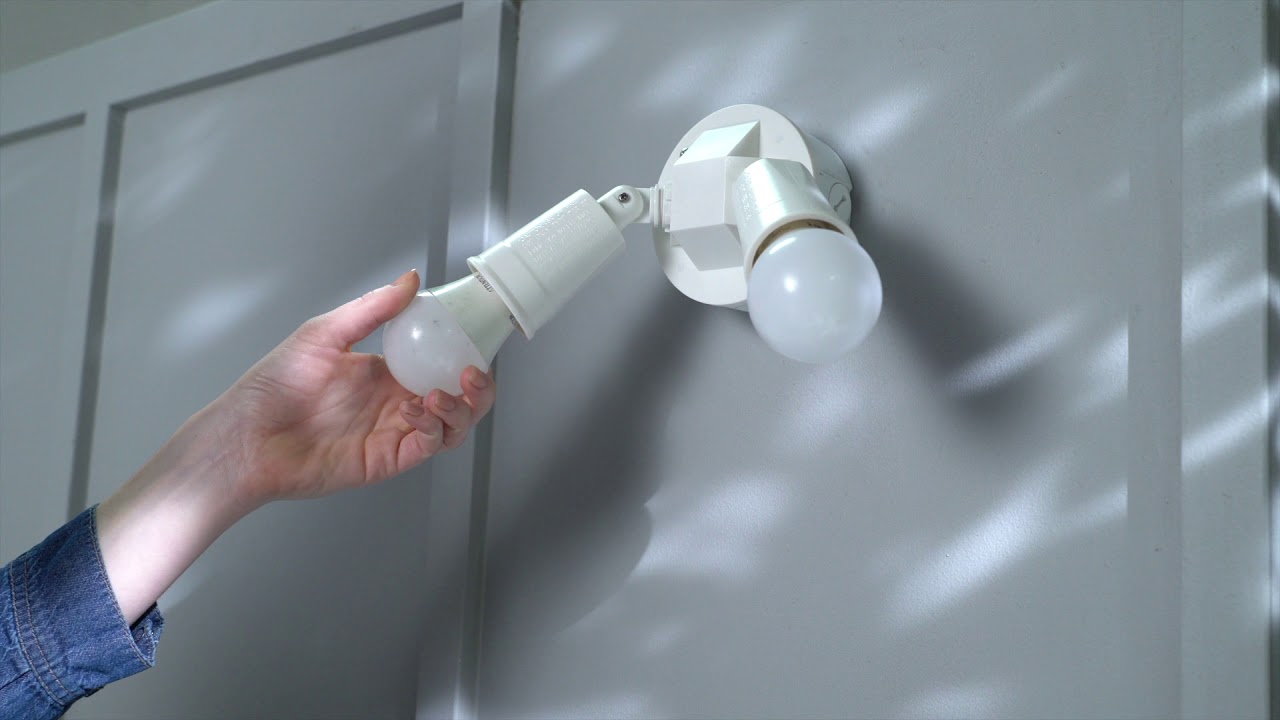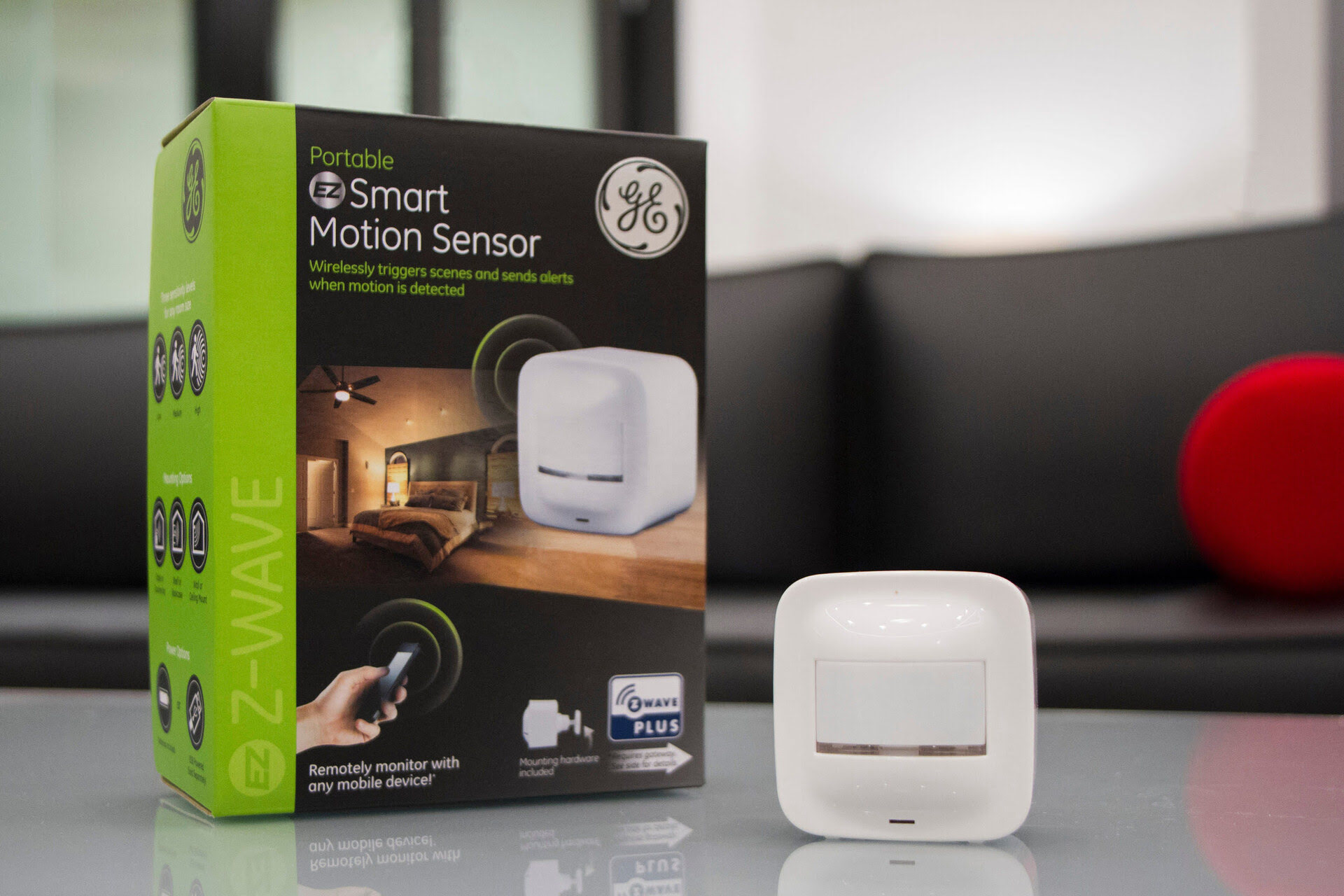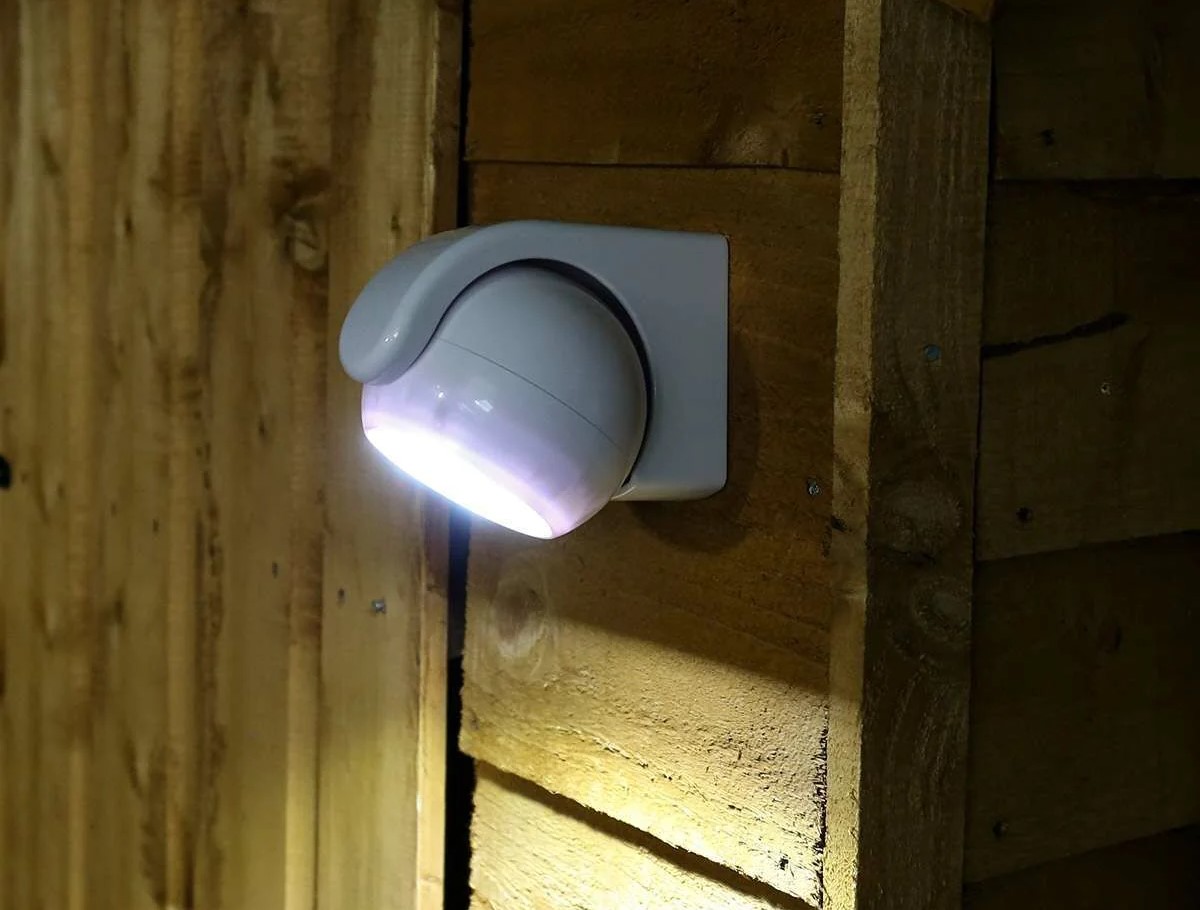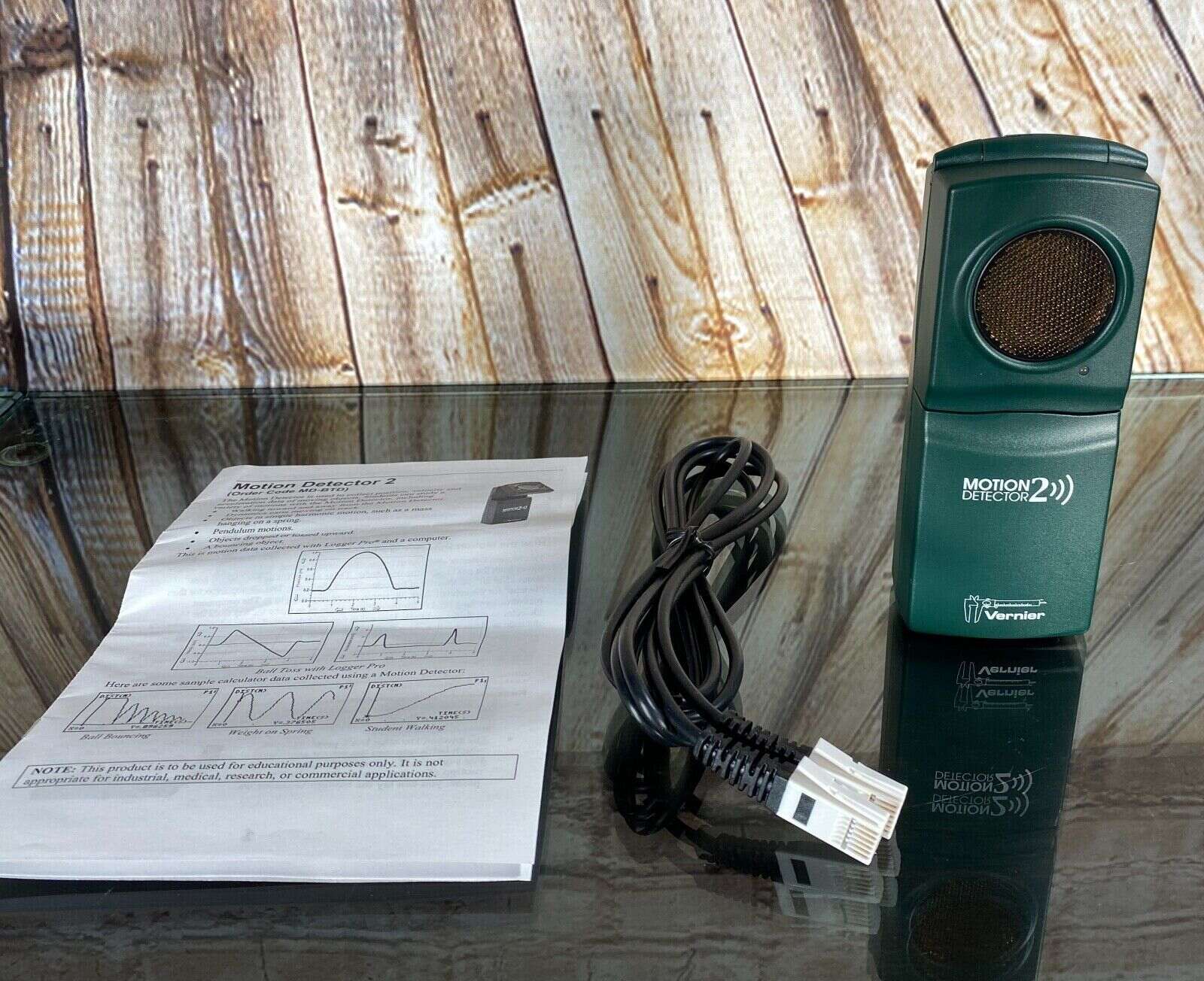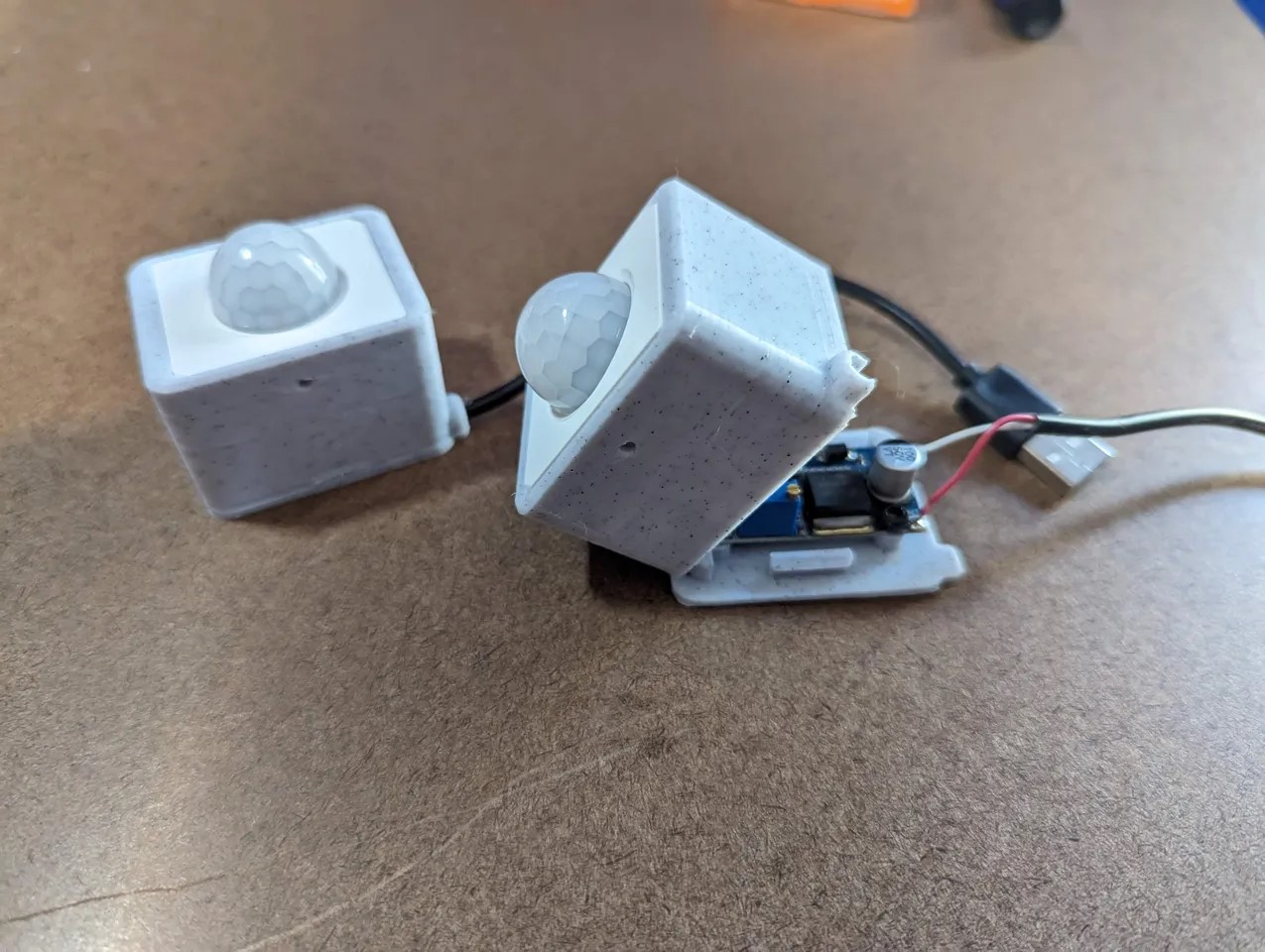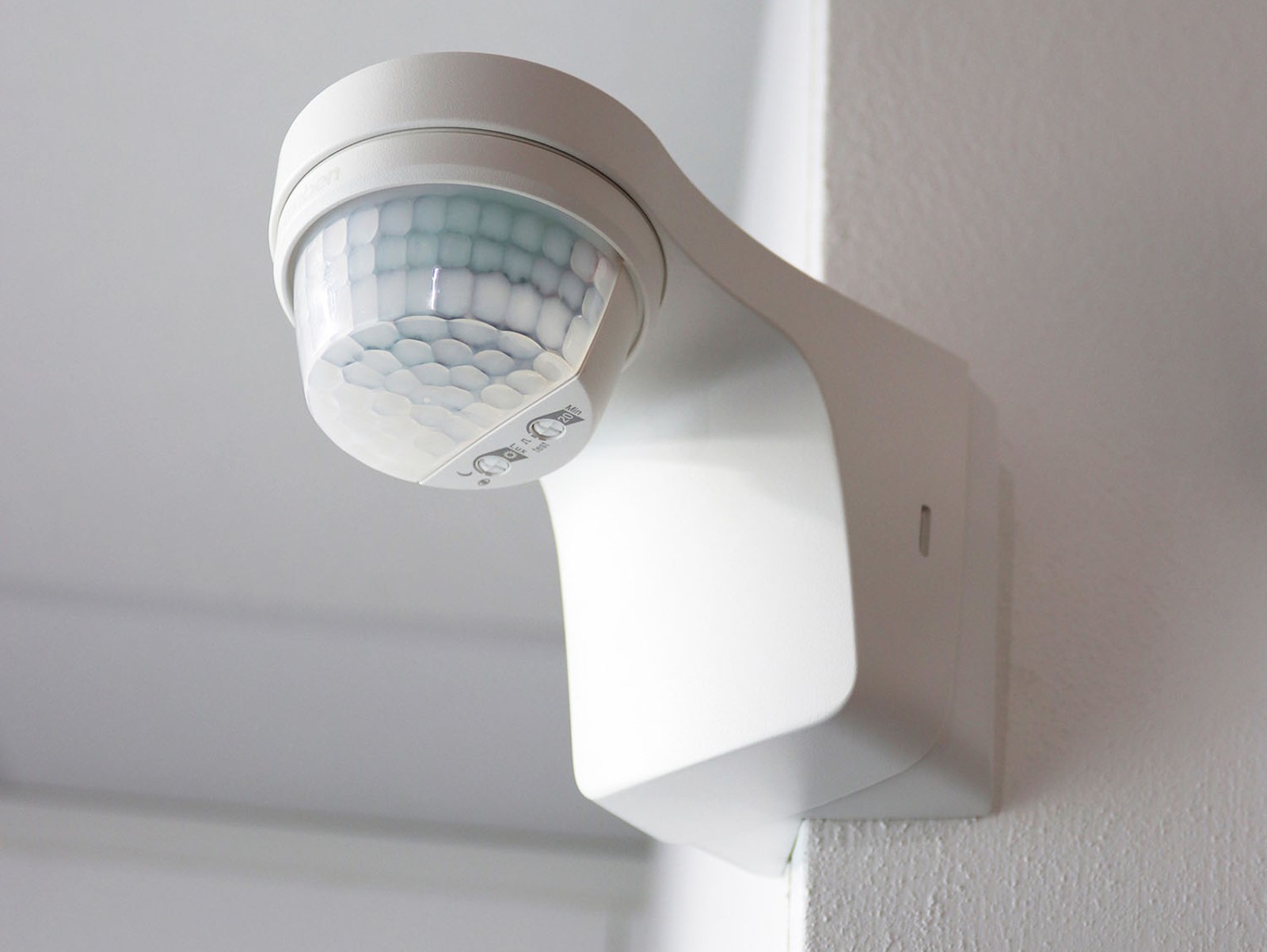Home>Home Security and Surveillance>Why Aren’t Motion Detectors Signaling To The Control Panel
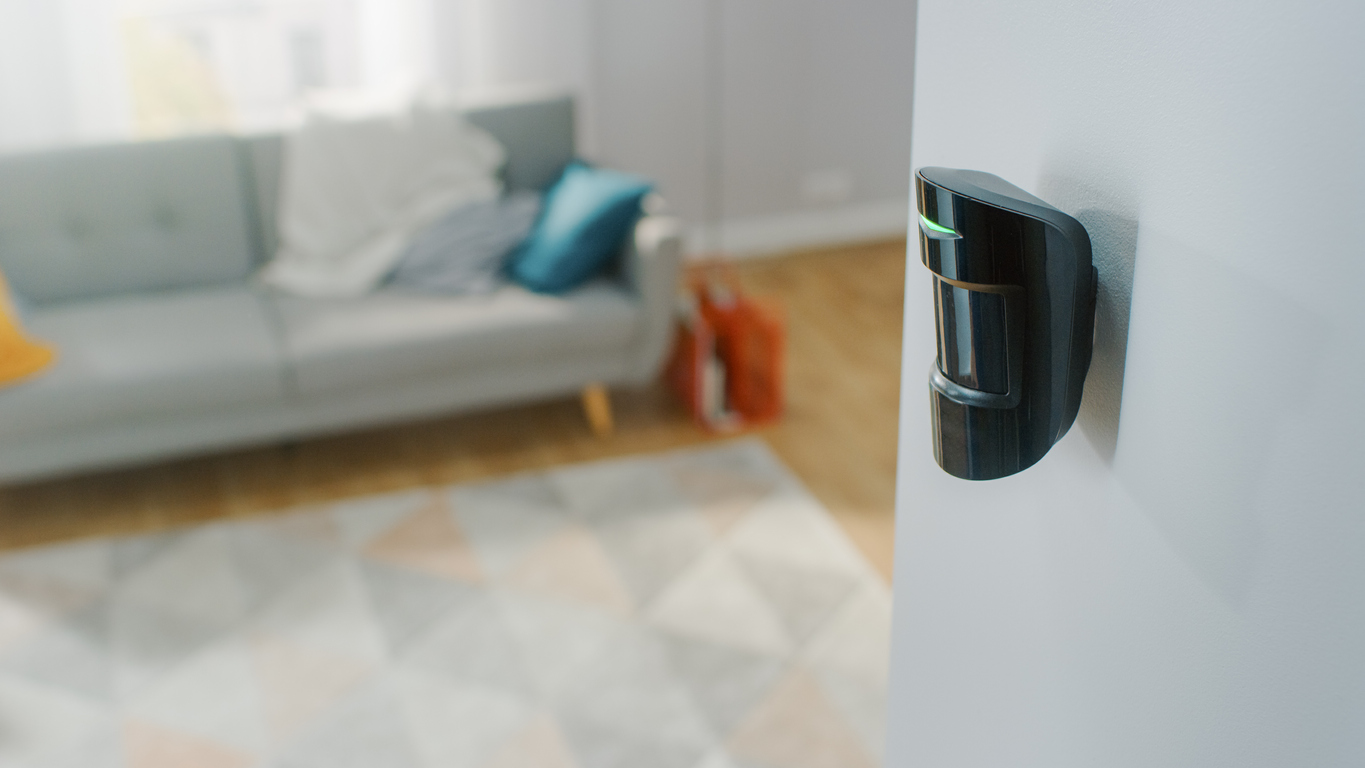

Home Security and Surveillance
Why Aren’t Motion Detectors Signaling To The Control Panel
Modified: March 6, 2024
Discover why motion detectors are not signaling to the control panel in your home security and surveillance system. Learn how to troubleshoot and fix this common issue.
(Many of the links in this article redirect to a specific reviewed product. Your purchase of these products through affiliate links helps to generate commission for Storables.com, at no extra cost. Learn more)
Introduction
Welcome to the world of home security and surveillance. In today’s fast-paced and ever-changing world, ensuring the safety and protection of our loved ones and personal belongings is of paramount importance. Home security systems have become an essential part of our lives, providing peace of mind and a sense of security.
One component that plays a crucial role in a home security system is motion detectors. These devices are designed to detect motion and trigger an alarm or send a signal to the control panel, alerting homeowners or security monitoring services of a potential intrusion. However, what happens when motion detectors fail to signal to the control panel?
In this article, we will delve into the intricacies of motion detectors and explore the possible reasons why they may not be effectively signaling to the control panel. We will also provide troubleshooting tips and solutions to help you address any issues you may encounter.
Whether you are a homeowner looking to enhance your home security system or a professional in the field of home security and surveillance, this article will serve as a comprehensive guide to understanding and troubleshooting motion detector signaling.

Key Takeaways:
- Motion detectors may fail to signal to the control panel due to issues like interference, weak batteries, misalignment, range limitations, and environmental factors. Regular testing and troubleshooting are essential for maintaining their effectiveness.
- Troubleshooting motion detector signaling issues involves checking power supply, inspecting for damage, removing signal interference, adjusting range, checking environmental conditions, resetting and reconfiguring, and consulting a professional if needed. Regular maintenance and testing can prevent signaling issues.
Read more: Why Is My Hot Tub Control Panel Not Working?
Understanding Motion Detectors
Motion detectors, also known as motion sensors, are devices that are designed to detect movement within a designated area. They are a key component of modern home security systems, providing an extra layer of protection against potential intruders.
There are several types of motion detectors available in the market, each utilizing different technologies to detect motion. The most common types of motion detectors include passive infrared (PIR) sensors, microwave sensors, and dual-technology sensors.
Passive infrared (PIR) sensors detect changes in infrared radiation emitted by warm objects, such as humans or animals. These sensors work by detecting the heat signature of a moving object and triggering an alarm or sending a signal when motion is detected.
Microwave sensors, on the other hand, emit microwave signals and measure the frequency of the reflected signals. When a moving object is detected within the sensor’s range, the frequency of the reflected signals changes, triggering the sensor to activate the alarm or send a signal.
Dual-technology sensors combine both PIR and microwave technologies to reduce false alarms. These sensors require both PIR and microwave sensors to be triggered simultaneously in order to activate the alarm or signal.
It’s important to note that motion detectors can be configured to have different ranges and angles of detection. Some detectors have a wider field of view, while others are designed for specific areas or zones. Understanding the capabilities and limitations of your motion detectors is crucial for optimizing their performance.
Additionally, motion detectors can be either wired or wireless. Wired motion detectors are connected directly to the control panel using electrical wiring, while wireless motion detectors use radio frequency (RF) signals to communicate with the control panel. The choice between wired and wireless motion detectors depends on the specific requirements of your home security system.
Now that we have a basic understanding of motion detectors, let’s explore how they signal to the control panel in the next section.
How Motion Detectors Signal to the Control Panel
When motion is detected by a motion detector, it needs to communicate that information to the control panel of your home security system. This signaling process involves a series of steps that ensure the prompt and accurate transmission of the detected motion.
Typically, motion detectors signal to the control panel using wired or wireless communication methods. In wired systems, the motion detector is connected to the control panel via electrical wiring. When motion is detected, the detector sends an electrical signal through the wiring to the control panel, which then processes the signal and initiates the appropriate response, such as activating an alarm or notifying the monitoring service.
Wireless motion detectors, on the other hand, transmit signals to the control panel using radio frequency (RF) communication. When motion is detected, the detector sends an RF signal to a receiver connected to the control panel. The receiver interprets the signal and triggers the necessary actions based on the configuration of the system.
It’s important to ensure that the motion detectors and the control panel are properly synced and configured for effective signaling. This involves setting the appropriate communication frequencies, pairing the devices, and verifying that they are functioning correctly. Failure to establish a proper connection between the motion detectors and the control panel can result in issues with signaling.
Once the motion detector signals to the control panel, the control panel takes over and initiates the appropriate response. This might involve activating an audible alarm to scare off potential intruders, sending a notification to the homeowner’s smartphone or security monitoring service, or triggering other security measures in place.
In some cases, motion detectors may also be integrated with other components of the home security system, such as security cameras or smart home devices. This integration allows for a more comprehensive and seamless security solution, where the motion detector not only signals to the control panel but also triggers specific actions based on the set preferences and automation rules.
Now that we understand how motion detectors signal to the control panel, let’s explore some common issues that may arise with motion detector signaling in the next section.
Common Issues with Motion Detector Signaling
While motion detectors are reliable tools for detecting movement and triggering alarms, there are certain issues that can arise with their signaling to the control panel. These issues can impact the overall effectiveness and performance of your home security system. Let’s take a look at some common problems:
- Interference: Interference from other electronic devices or sources can disrupt the signal transmission between the motion detector and the control panel. This interference can lead to false alarms or, in some cases, prevent the motion detector from signaling altogether.
- Weak Battery: In the case of wireless motion detectors, a weak or dying battery can affect the signal strength and cause intermittent or no signaling to the control panel. Regularly inspecting and replacing the batteries is crucial for maintaining the smooth operation of wireless motion detectors.
- Misalignment: Misalignment or improper installation of the motion detector can result in inaccurate detection and signaling. If the detector is not properly aligned or positioned, it may not capture motion within its intended range, leading to ineffective signaling to the control panel.
- Range Limitations: Each motion detector has a specific range within which it can detect motion. If the intruder is outside the range of the detector, it will not trigger the alarm or signal the control panel. Understanding the range limitations of your motion detectors is vital for positioning them strategically to cover vulnerable areas.
- Environmental Factors: Environmental factors such as extreme temperatures, heavy rain, or fog can interfere with the proper functioning of motion detectors. These factors can impair the sensor’s ability to detect motion accurately, leading to missed signaling or false alarms.
It’s important to regularly test and inspect your motion detectors to identify any potential issues with signaling. This includes checking the battery levels, verifying proper alignment, and ensuring adequate communication between the motion detectors and the control panel.
In the next section, we will explore some possible reasons why motion detectors may not be effectively signaling to the control panel.
Check the power source for the motion detector and ensure it is properly connected. Also, make sure the detector is within the recommended range from the control panel.
Possible Reasons for Motion Detectors Not Signaling to the Control Panel
When motion detectors fail to signal to the control panel, it can be frustrating and leave your home security system vulnerable. There can be several reasons why motion detectors may not effectively communicate with the control panel. Here are some possible explanations:
- Power Outage: During a power outage, the motion detectors may lose power, preventing them from signaling to the control panel. Ensure that your motion detectors have a backup power source, such as batteries, to ensure uninterrupted signaling.
- Signal Interference: Signal interference from other electronic devices or wireless networks can disrupt the communication between the motion detectors and the control panel. Check for any potential sources of interference, such as routers, cordless phones, or other devices, and relocate them if necessary.
- Equipment Malfunction: Like any electronic device, motion detectors can experience technical issues or malfunctions. Inspect the motion detectors for any visible damage, loose connections, or signs of malfunctioning components. In such cases, contact the manufacturer or a professional technician for repairs or replacements.
- Environmental Factors: Harsh environmental conditions, such as extreme temperatures, excessive humidity, or heavy rain, can impact the operation of motion detectors. Ensure that the motion detectors are installed in suitable locations that are protected from extreme weather conditions.
- Battery Issues: In the case of wireless motion detectors, a weak or depleted battery can prevent them from signaling to the control panel. Replace the batteries regularly or consider using rechargeable batteries to ensure consistent power supply to the detectors.
- Improper Range or Placement: Motion detectors have specific ranges and angles of detection. If the detectors are not correctly positioned or placed too far away from areas of interest, they may not effectively signal to the control panel. Review the installation guidelines provided by the manufacturer and adjust the positioning if necessary.
It’s important to note that troubleshooting motion detector signaling issues can be complex and may require technical expertise. If you’re unable to identify or resolve the problem on your own, it’s recommended to consult a professional home security technician or contact the manufacturer for assistance.
In the next section, we will provide some troubleshooting tips and solutions to help address motion detector signaling issues.
Read more: Why Is My Motion Detector Triggering Alarms
Troubleshooting and Solutions
When experiencing issues with motion detector signaling, there are several troubleshooting steps you can take to identify and resolve the problem. Here are some solutions to common motion detector signaling issues:
- Check Power Supply: Ensure that the motion detectors have a reliable power source. Replace any depleted batteries or restore power to the detectors if there has been a power outage.
- Inspect for Damage: Examine the motion detectors for any visible damage or loose connections. Tighten any loose wires and repair or replace any damaged components.
- Remove Signal Interference: Identify and eliminate any sources of interference that may disrupt the signal transmission. Relocate devices such as routers, cordless phones, or other wireless devices away from the motion detectors.
- Adjust Motion Detector Range: Review the manufacturer’s guidelines and adjust the range of the motion detectors to cover the desired areas effectively. Ensure that the detectors have a clear line of sight to the monitored areas.
- Check Environmental Conditions: Evaluate whether extreme temperatures, excessive humidity, or other environmental factors are affecting the operation of the motion detectors. Make necessary adjustments or install protective covers if needed.
- Reset and Reconfigure: In some cases, resetting the motion detectors and reconfiguring the settings can resolve signaling issues. Follow the manufacturer’s instructions to reset and reprogram the detectors.
- Consult a Professional: If the troubleshooting steps above do not resolve the issue, consider seeking assistance from a professional home security technician or contacting the manufacturer for further support.
Regular maintenance and testing of your home security system can also help prevent signaling issues. Test the motion detectors periodically to ensure they are functioning correctly and signaling to the control panel as expected. Make it a habit to inspect and replace batteries, check for any physical damage or obstructions, and keep the detectors clean and dust-free.
By following these troubleshooting steps and implementing the suggested solutions, you can enhance the performance and reliability of your motion detectors’ signaling to the control panel.
Now that we’ve explored troubleshooting motions and signaling issues, let’s conclude our article.
Conclusion
Motion detectors play a critical role in a home security system by detecting movement and signaling to the control panel. However, issues with motion detector signaling can arise, affecting the effectiveness of your home security system. By understanding how motion detectors work, troubleshooting common issues, and implementing the suggested solutions, you can ensure that your motion detectors effectively communicate with the control panel.
Remember to regularly inspect and maintain your motion detectors, checking for any damage, battery issues, or environmental factors that may interfere with their signaling. Adjust the range and positioning of the motion detectors to cover the desired areas effectively, and take precautions to minimize signal interference.
If you’re unable to resolve the signaling issues on your own, consult a professional home security technician or contact the manufacturer for assistance. They can provide further guidance and support to ensure the optimal performance of your motion detectors and overall home security system.
Investing in a reliable home security system and understanding the intricacies of motion detector signaling will provide you with the peace of mind and protection you need to keep your home and loved ones safe. By staying proactive and responsive to any signaling issues, you can maintain the highest level of security and safeguard your home.
Now that you have a better understanding of motion detector signaling, you can effectively troubleshoot any issues that may arise and ensure the continuous operation of your home security system.
Frequently Asked Questions about Why Aren't Motion Detectors Signaling To The Control Panel
Was this page helpful?
At Storables.com, we guarantee accurate and reliable information. Our content, validated by Expert Board Contributors, is crafted following stringent Editorial Policies. We're committed to providing you with well-researched, expert-backed insights for all your informational needs.
